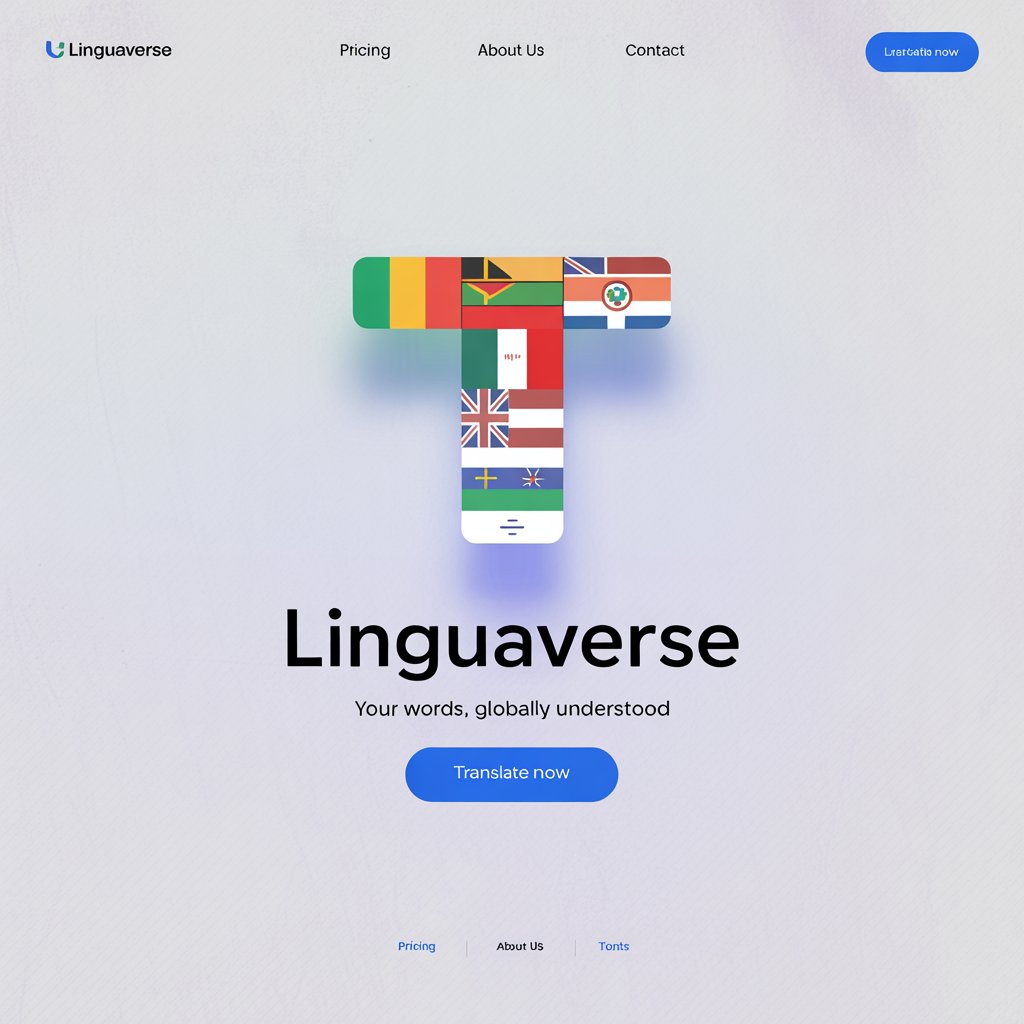The word “lover” carries a weight that transcends borders, whispering tales of passion, devotion, and connection.
I remember the first time I heard my grandmother recount the story of how she and my grandfather, separated by war, wrote letters calling each other “mi amor” in Spanish, a term that held their hearts together across oceans. It made me wonder:
how do other cultures express this universal feeling?
The concept of a “lover” binds humanity in a shared language of affection, yet each culture paints it with unique hues of tradition, history, and emotion. This blog post explores how “lover” is expressed across the globe, revealing the beauty of linguistic diversity and the universal thread of love that unites us all.
Reference Table: “Lover” in Different Languages
| Language | Word/Phrase | Cultural/Linguistic Insight |
| French | Amant/Amour | “Amour” is often used broadly for love, but “amant” specifically denotes a romantic partner, evoking passion in French culture. |
| Spanish | Amante | Used for a lover or paramour, often with a sense of intense, sometimes secret, romance in Latin cultures. |
| Italian | Amante | Similar to Spanish, it implies a deep romantic connection, often tied to Italy’s poetic traditions. |
| German | Geliebte(r) | Gender-specific, reflecting German’s grammatical precision; used in intimate, heartfelt contexts. |
| Mandarin | 情人 (Qíngrén) | Literally “feeling person,” it emphasizes emotional connection in Chinese culture. |
| Hindi | प्रेमी (Premi) | Rooted in “prem” (love), it reflects India’s deep cultural emphasis on eternal devotion. |
| Japanese | 恋人 (Koibito) | Combines “love” and “person,” used for romantic partners in Japan’s reserved yet profound expressions of affection. |
| Korean | 연인 (Yeonin) | A tender term for a romantic partner, often used in K-dramas, reflecting modern romantic ideals. |
| Arabic | حبيب (Habib) | A versatile term meaning “beloved” or “darling,” used across 20+ Arab countries with warmth and familiarity. |
| Swahili | Mpenzi | Used widely in East Africa, it conveys deep affection and is common in poetry and music. |
| Zulu | Isithandwa | A term of endearment in South Africa, emphasizing cherished love within community bonds. |
| Yoruba | Olólùfẹ́ | A poetic term in Nigeria, often used in romantic and spiritual contexts. |
| Maori | Hoa Aroha | Literally “friend of love,” reflecting the communal and spiritual aspects of Maori relationships. |
| Hawaiian | Kūʻiʻo | A term for a beloved partner, tied to Hawaii’s cultural emphasis on harmony and connection. |
| Cherokee | ᎤᏔᎾ (Utana) | A term for a cherished partner, rooted in Cherokee traditions of deep emotional bonds. |
European Languages
In Europe, the concept of a “lover” is steeped in romanticism, shaped by centuries of literature, art, and history. In French, “amant” (male) or “amante” (female) carries a sense of passion, often tied to the romantic ideals of Paris, the city of love. The term is intimate, sometimes hinting at a forbidden or secretive romance, as seen in classic French literature like Madame Bovary. Spanish uses “amante,” a word that evokes the fiery passion of flamenco and the poetic musings of Lorca. In Italian, “amante” mirrors this intensity, often tied to Italy’s operatic expressions of love, where lovers are celebrated as muses in art and music. German employs “Geliebte(r),” a gender-specific term that reflects the language’s precision and the culture’s value of sincerity in romantic bonds. In Russian, “любовник” (lyubovnik) for a male lover or “любовница” (lyubovnitsa) for a female lover carries a slightly formal tone, often used in literature to denote deep emotional connections. Across Europe, the term “lover” is intertwined with cultural expressions of romance, from courtly love in medieval times to modern-day declarations in candlelit cafés.
Asian Languages
Asia’s vast linguistic diversity offers a rich tapestry of expressions for “lover.” In Mandarin Chinese, “情人” (qíngrén) translates to “feeling person,” emphasizing emotional intimacy over physical passion, a reflection of China’s philosophical approach to relationships. This term is used across China and in Chinese-speaking communities in countries like Singapore and Malaysia. In Hindi, “प्रेमी” (premi) or “प्रेमिका” (premika) for female lovers stems from “prem” (love), resonating in India, Nepal, and Fiji, where love is often seen as a spiritual bond, as depicted in Bollywood’s epic romances. Japanese uses “恋人” (koibito), a term that balances restraint and depth, reflecting Japan’s cultural nuance of understated affection, used in countries like Japan and Japanese diaspora communities. In Korean, “연인” (yeonin) is a tender term popularized by K-dramas, heard in South Korea and North Korea, symbolizing modern romantic ideals. Arabic’s “حبيب” (habib) or “حبيبة” (habiba) is a warm, versatile term used across 22 Arab countries, from Morocco to Iraq, often as a term of endearment beyond romantic contexts. In Thai, “ที่รัก” (thîi rák) literally means “the one who is loved,” used in Thailand with a gentle, respectful tone. These terms reflect Asia’s blend of tradition, spirituality, and modernity in expressing love.
African Languages
Africa’s linguistic landscape is as diverse as its cultures, with “lover” carrying unique significance across the continent. In Swahili, “mpenzi” is a cherished term used in Kenya, Tanzania, Uganda, and beyond, often appearing in love songs and poetry, reflecting East Africa’s oral traditions. Zulu’s “isithandwa” in South Africa conveys deep affection, rooted in the cultural value of community and loyalty, also heard in Eswatini. In Yoruba, spoken in Nigeria and Benin, “olólùfẹ́” is a poetic term that intertwines romantic and spiritual love, often used in Yoruba love stories. Amharic’s “ፍቅረኛ” (fiqräñña) in Ethiopia carries a sense of deep devotion, tied to the country’s Orthodox Christian traditions. Hausa’s “masoyi” in Nigeria and Niger is a warm term, often used in the context of marriage and lifelong partnership. These terms, used across at least 20 African countries, highlight the continent’s emphasis on love as a communal and spiritual bond, shaped by oral histories, music, and cultural rituals.
Indigenous & Island Languages
Indigenous and island cultures offer profound perspectives on the concept of a “lover.” In Maori, “hoa aroha” (friend of love) is used in New Zealand, emphasizing love as a partnership rooted in community and respect. Hawaiian’s “kūʻiʻo” reflects Hawaii’s cultural harmony, often tied to nature and spiritual connection. In Cherokee, spoken in the United States, “ᎤᏔᎾ” (utana) denotes a cherished partner, reflecting the tribe’s emphasis on emotional and familial bonds. Samoan’s “alofa” in Samoa extends beyond romantic love to encompass familial and communal affection, used in greetings and farewells. Tongan’s “ʻofaʻanga” in Tonga carries a similar communal warmth, while Fijian’s “loloma” in Fiji intertwines romantic and spiritual love. These terms, used across indigenous communities in at least 20 countries, highlight the interconnectedness of love with nature, community, and spirituality, offering a contrast to more individualistic Western notions.
Cultural Insights
The concept of a “lover” has evolved across civilizations, shaped by history, religion, and societal norms. In ancient Greece, the term “erastēs” referred to a lover in the context of philosophical and romantic relationships, as seen in Plato’s dialogues. In medieval Europe, courtly love elevated the “lover” to a knightly ideal, influencing modern romanticism. In South Asia, the Kama Sutra and epic tales like the Ramayana frame lovers as partners in a cosmic dance of devotion. In Islamic poetry, such as Rumi’s works, “lover” (habib) often symbolizes a soul’s yearning for the divine. Across cultures, the term is rooted in traditions—whether through marriage rituals in Africa, poetic expressions in the Middle East, or spiritual bonds in indigenous communities. Historically, the word has carried both sacred and secular meanings, reflecting humanity’s enduring quest to define love.
Proverbs
Love inspires proverbs that capture its essence across cultures:
- Spanish: “El amor verdadero no conoce barreras.” (True love knows no barriers.) Reflects the passionate, unstoppable nature of love in Latin culture.
- Chinese: “有情人终成眷属” (Yǒu qíng rén zhōng chéng juànshǔ). (Lovers destined to be together will end up as family.) Emphasizes fate and commitment.
- Swahili: “Penzi la moyo halina budi.” (The love of the heart has no alternative.) Highlights the inevitability of true love in East Africa.
- Maori: “He aroha whakatō, he aroha puta mai.” (Love planted, love received.) Reflects the reciprocal nature of love in Maori culture.
- Arabic: “الحب أعمى” (Al-hubb a‘mā). (Love is blind.) A universal sentiment echoed across Arab nations.
FAQs
Why does the word for “lover” sound similar in many languages?
Many languages share linguistic roots, such as Indo-European languages (e.g., French “amant” and Spanish “amante” from Latin “amans”). Trade, colonization, and cultural exchange also spread similar terms, like Arabic “habib” influencing neighboring regions.
What is the oldest known usage of the word?
The concept of a “lover” appears in ancient texts like Sumerian poetry (c. 2000 BCE), where terms for beloved partners were used in love songs to Inanna, the goddess of love.
How do cultural differences affect the expression of “lover”?
In individualistic cultures like those in Europe, “lover” often emphasizes personal passion, while in collectivist cultures like those in Africa or Asia, it may include familial or communal ties, reflecting broader social values.
Conclusion
The word “lover” is a universal key that unlocks the heart of every culture, yet its expression is as varied as the languages that carry it. From the passionate “amante” of Spain to the soulful “olólùfẹ́” of Yoruba, each term reveals a unique cultural lens on love’s enduring power. Whether whispered in poetry, sung in ballads, or written in letters across oceans, “lover” binds us in a shared human experience. How do you say “lover” in your language, and what stories does it tell? Share your experiences in the comments below, and let’s celebrate the universal language of love together.




